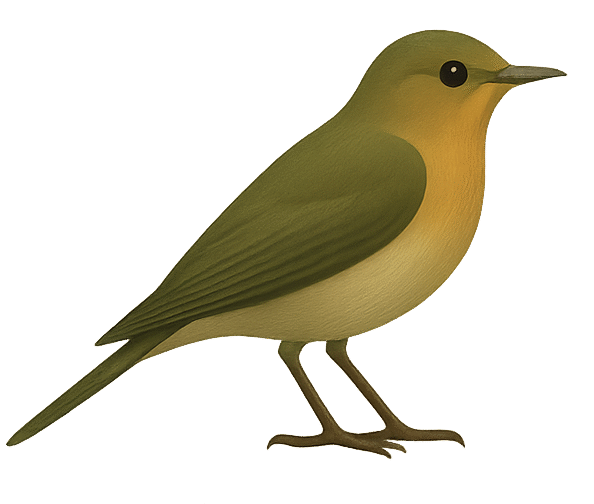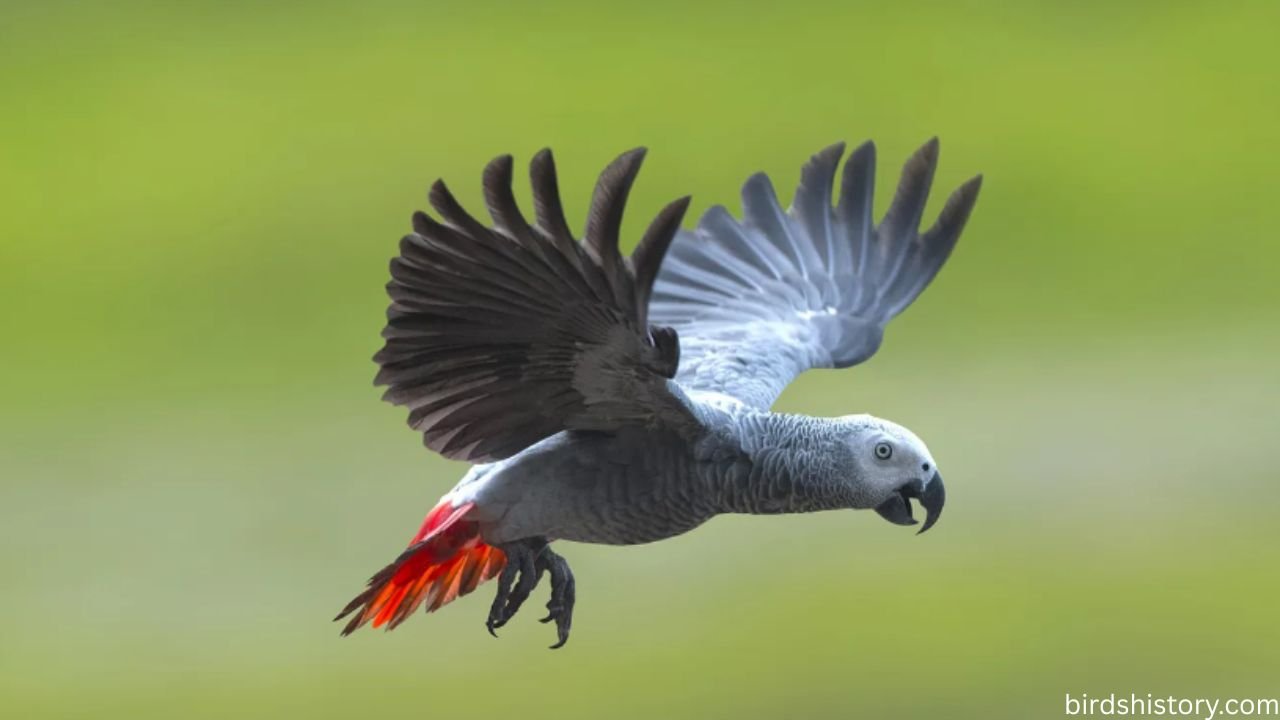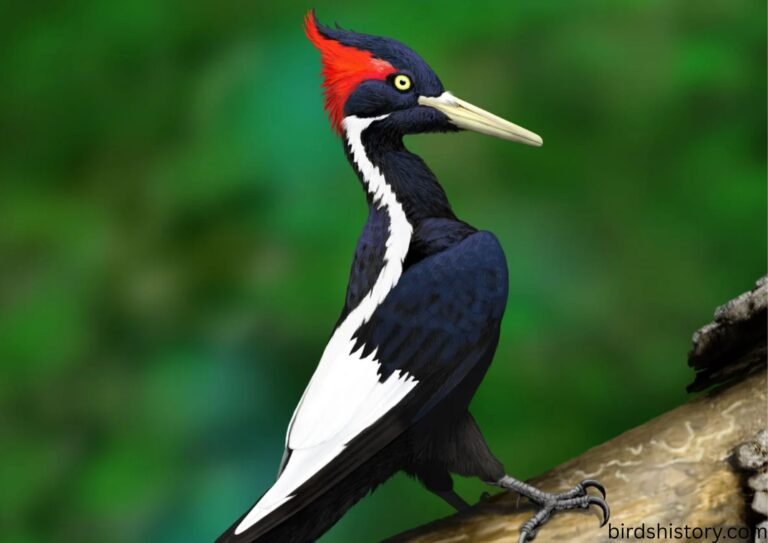African Grey Parrot: Nature’s Most Intelligent Talker
The African Grey Parrot is one of the most fascinating birds in the world. Known for its unmatched intelligence and remarkable ability to mimic human speech, this bird has become a favorite among bird lovers and researchers alike. Native to the rainforests of Africa, it is often called the “Einstein of the parrot world” for its problem-solving skills and vocabulary that can sometimes rival that of a child.
One surprising fact? Some African Grey Parrots have been documented to learn over 1,000 words and even use them in context, not just repeat them. This blend of beauty, intelligence, and personality makes them both intriguing and unforgettable.
African Grey Parrot Taxonomy / Classification
- Common Name: African Grey Parrot
- Scientific Name: Psittacus erithacus
- Family: Psittacidae
- Order: Psittaciformes
- Class: Aves
Also read: /andean-cock-of-the-rock/
This parrot belongs to the same family as other parrots and cockatoos, but it stands out for its intelligence and long-standing popularity in aviculture.
African Grey Parrot Physical Description
African Grey Parrots are medium-sized, elegant birds. On average, they measure about 12 to 14 inches long and weigh between 400 to 500 grams.
- Coloration: Their feathers are mostly soft grey with delicate scalloped patterns. Their eyes are pale yellow, and their beaks are black and sharply curved.
- Tail: The tail feathers are bright red in the Congo subspecies and maroon in the Timneh African Grey, making it easy to distinguish between the two.
- Differences between sexes: Males and females look almost identical, though males are often slightly larger with a flatter head. DNA testing is usually required to tell them apart.
- Unique trait: Their beak is powerful enough to crack hard nuts, and their tongue helps manipulate food with great precision.
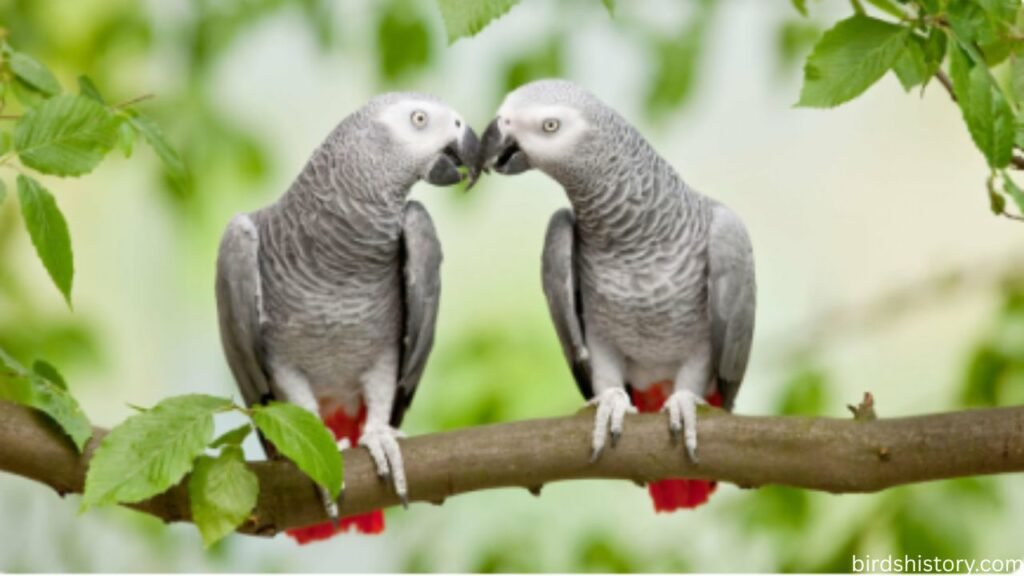
Habitat and Range of African Grey Parrot
African Grey Parrots are native to Central and West Africa. Their range extends through countries like Ghana, Cameroon, Congo, and the Ivory Coast.
- Preferred environment: They thrive in dense rainforests, forest edges, and savannahs. They are also found near agricultural fields where food is abundant.
- Range: The Congo African Grey (Psittacus erithacus erithacus) is found in equatorial Africa, while the Timneh subspecies (Psittacus erithacus timneh) inhabits the western coastal regions.
- Migration: These parrots are not long-distance migrants, but they may move locally in search of food and nesting sites.
African Grey Parrot Diet and Feeding Habits
The African Grey Parrot’s diet is as diverse as its environment.
- In the wild: They eat fruits, nuts, seeds, berries, and leafy matter. Palm nuts are one of their favorites.
- Feeding behavior: They are highly skilled at cracking hard shells with their beaks. They often forage in flocks, using their strong eyesight to find food.
- In captivity: A balanced diet includes specialized parrot pellets, fresh fruits, vegetables, and occasional nuts.
- Interesting habit: They are known to drop fruit seeds while feeding, making them important contributors to forest regeneration.
Behavior and Lifestyle
The African Grey Parrot is highly social and intelligent.
- Social structure: They live in flocks of up to several hundred birds in the wild. This flocking behavior provides safety and strengthens bonds.
- Flight: They are strong, direct fliers and can cover large distances when searching for food.
- Vocalizations: Famous for mimicry, African Greys can replicate not just human speech but also household sounds like doorbells, alarms, and phones.
- Cognitive abilities: Research shows they can understand concepts like colors, shapes, numbers, and even emotions. Dr. Irene Pepperberg’s famous parrot, Alex, demonstrated the ability to use words meaningfully and solve puzzles.
- Mating rituals: Courtship includes mutual preening, feeding, and soft vocalizations.
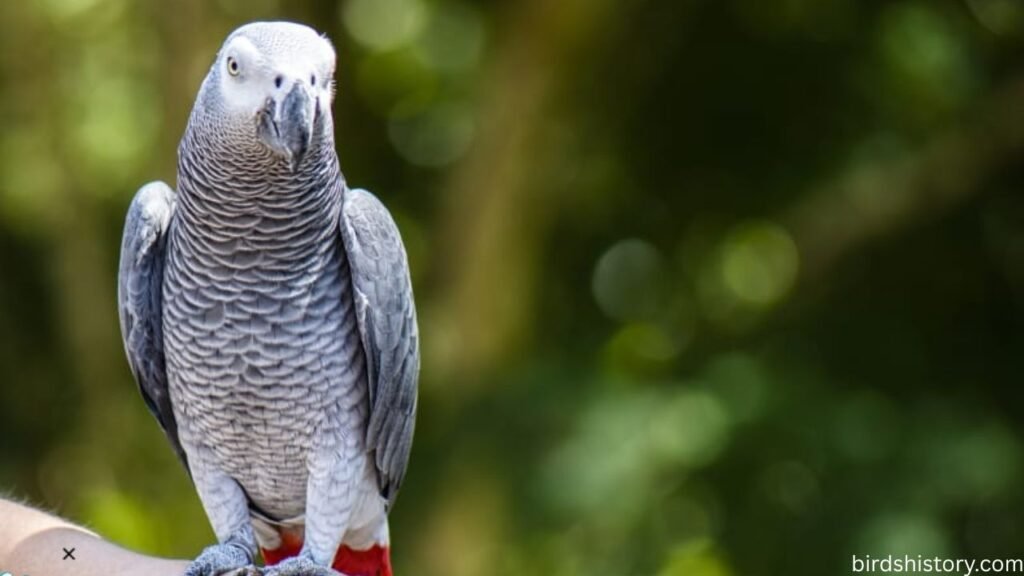
African Grey Parrot Reproduction and Lifespan
Breeding behavior in African Greys is fascinating.
- Breeding season: Typically during the dry season, which varies by region.
- Nesting: They prefer to nest high in tree cavities for protection.
- Eggs: The female lays 3 to 5 white eggs. She incubates them for about 30 days, while the male provides food.
- Chick rearing: The chicks are altricial, meaning they hatch helpless and blind. Parents feed them regurgitated food until they fledge at about 12 weeks.
- Lifespan: In the wild, African Greys can live up to 40 years. In captivity, with proper care, they often reach 50–60 years, and some live even longer.
Predators and Threats
Like all wildlife, African Grey Parrots face dangers in the wild.
- Natural predators: Large birds of prey such as hawks and eagles may target them, especially young parrots. Snakes and monkeys sometimes raid nests.
- Environmental threats: Deforestation has significantly reduced their natural habitat.
- Human impact: The illegal pet trade is one of the biggest threats. Thousands of African Greys have been trapped and exported, leading to severe population declines in some regions.
African Grey Parrot Conservation Status
- IUCN Status: The African Grey Parrot is currently listed as Endangered.
- Conservation efforts: International trade is regulated under CITES Appendix I, which bans commercial trade of wild-caught individuals. Local conservation projects are also working to protect forests and establish safe breeding programs.
- Why it matters: Protecting this parrot helps preserve biodiversity and supports ecosystems where they play a role as seed dispersers.
Interesting Facts about African Grey Parrots
- They can mimic not just words but also tone and context, making their speech eerily human.
- Some parrots have been known to call their owners by name or even hold basic conversations.
- In many African cultures, they are seen as symbols of wisdom and are often part of folklore.
- African Greys form strong emotional bonds with their caregivers, sometimes preferring one person over all others.
- Their intelligence is compared to that of a five-year-old child.
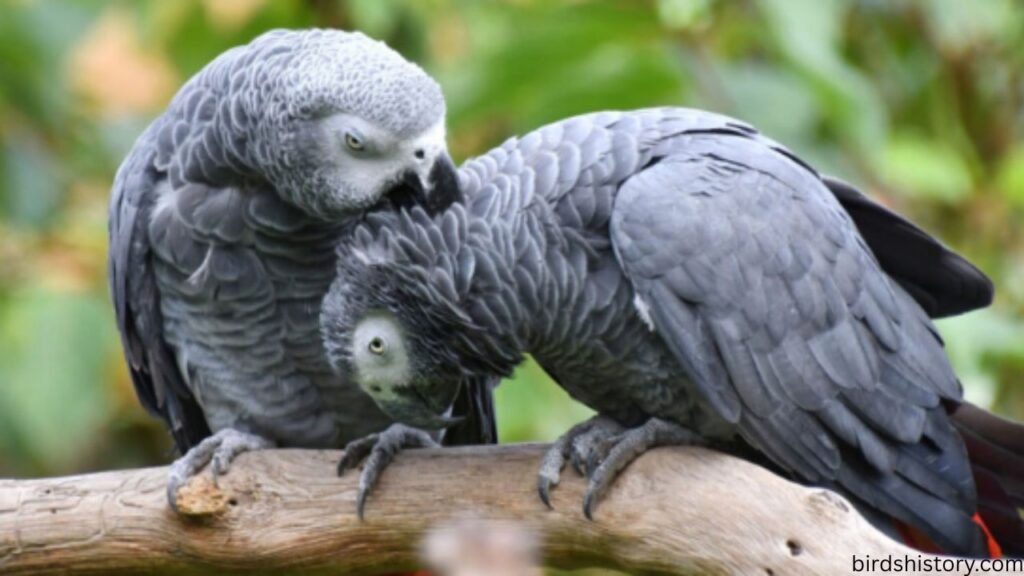
Conclusion
The African Grey Parrot is more than just a talking bird. It is a symbol of intelligence, resilience, and the beauty of the natural world. From its striking grey plumage and red tail to its extraordinary ability to communicate, this parrot continues to capture human imagination. Yet, it also serves as a reminder of our responsibility to protect wildlife.
By safeguarding its habitat and stopping illegal trade, we ensure that future generations can continue to marvel at one of nature’s most gifted creatures.
FAQs About African Grey Parrot
1. Where do African Grey Parrots come from?
They are native to Central and West Africa, mainly in rainforests and savannahs.
2. What do African Grey Parrots eat?
In the wild, they eat nuts, fruits, seeds, and leafy matter. In captivity, a balanced diet of pellets, fruits, and vegetables is recommended.
3. How long do African Grey Parrot live?
In captivity, they can live 50–60 years, sometimes longer with proper care.
4. Can all African Grey Parrots talk?
Most have strong mimicry skills, but individual ability varies. Some become excellent talkers, while others speak less.
5. Are African Grey Parrots endangered?
Yes, they are listed as endangered due to habitat loss and illegal trapping.
6. Do African Grey Parrot males and females look different?
They are almost identical; DNA testing is usually needed to determine sex.
7. Are African Grey Parrot good pets?
They can be wonderful companions but require time, stimulation, and proper care due to their intelligence and long lifespan.
8. How do African Grey Parrot reproduce?
Females lay 3–5 eggs in tree cavities. Chicks fledge after about 12 weeks.
9. Do African Greys bond with one person?
Often, yes. They may form a strong attachment to a single caregiver.
10. What makes African Grey Parrot special?
Their intelligence, emotional depth, and ability to mimic human speech set them apart from most other bird species.
